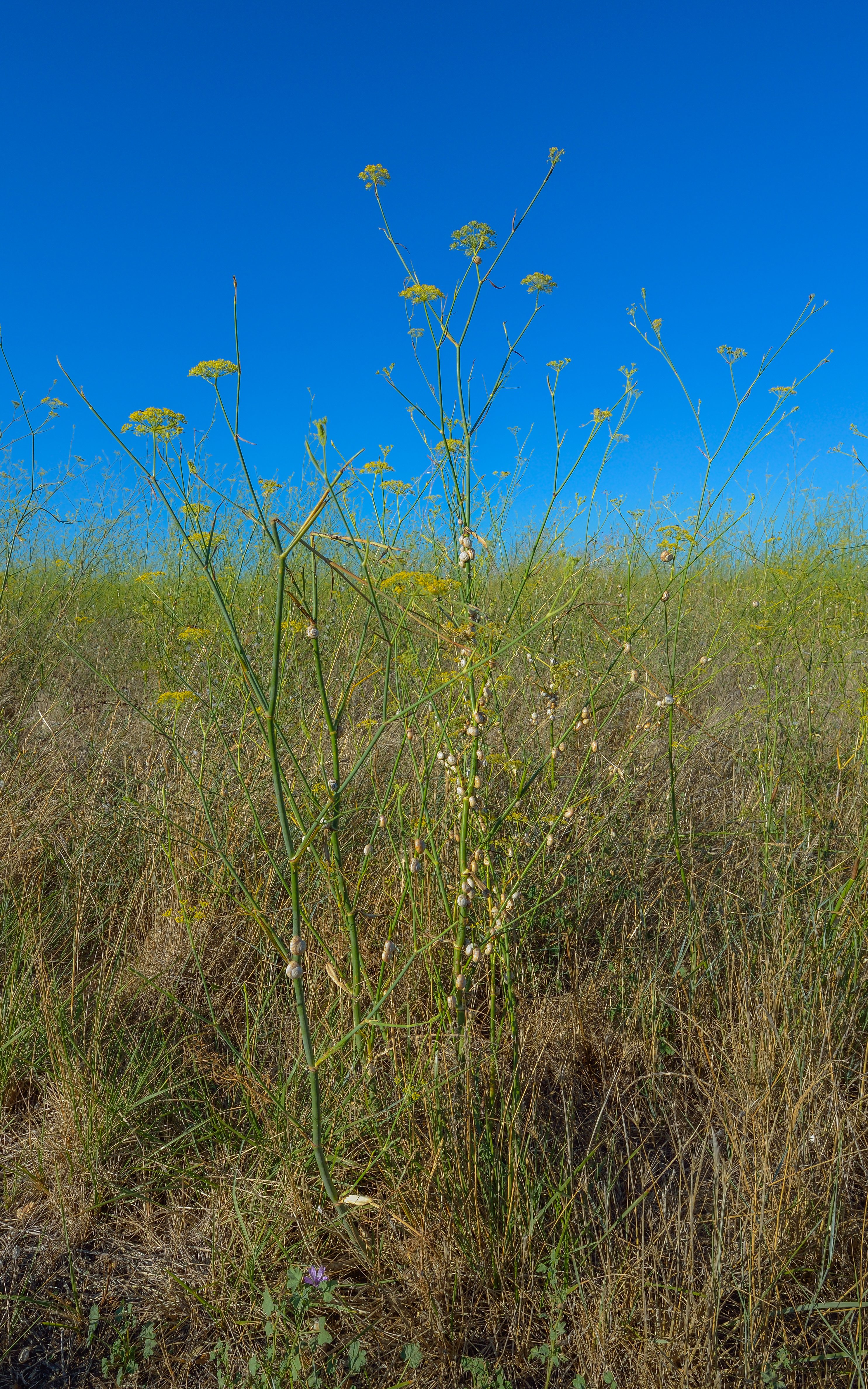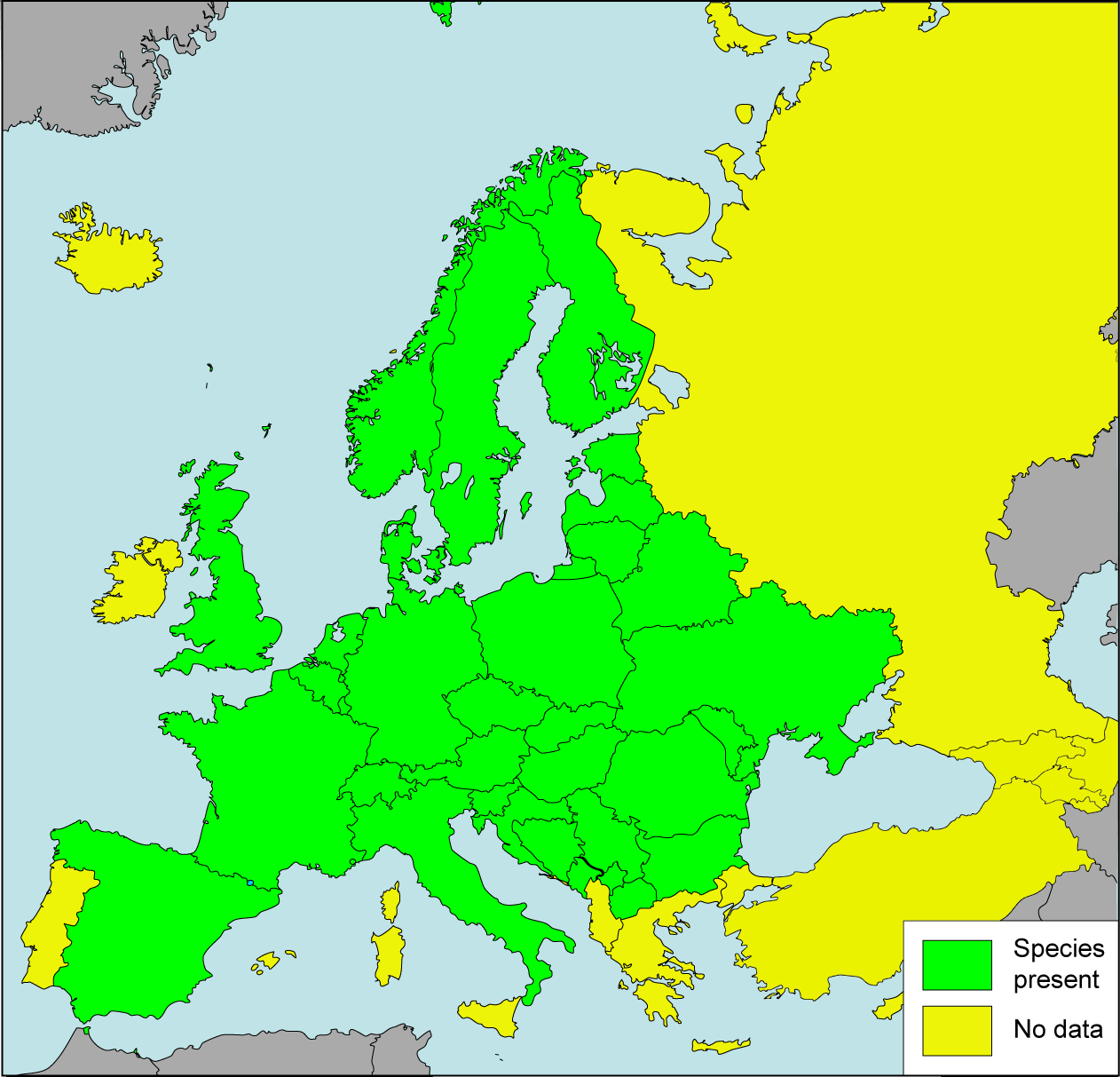|
Estivation
Aestivation ( la, aestas (summer); also spelled estivation in American English) is a state of animal dormancy, similar to hibernation, although taking place in the summer rather than the winter. Aestivation is characterized by inactivity and a lowered metabolic rate, that is entered in response to high temperatures and arid conditions. It takes place during times of heat and dryness, the hot dry season, which are often the summer months. Invertebrate and vertebrate animals are known to enter this state to avoid damage from high temperatures and the risk of desiccation. Both terrestrial and aquatic animals undergo aestivation. Fossil records suggest that aestivation may have evolved several hundred million years ago. Physiology Organisms that aestivate appear to be in a fairly "light" state of dormancy, as their physiological state can be rapidly reversed, and the organism can quickly return to a normal state. A study done on ''Otala lactea'', a snail native to parts of Europ ... [...More Info...] [...Related Items...] OR: [Wikipedia] [Google] [Baidu] |
Otala Lactea
''Otala lactea'', known as the milk snail or Spanish snail, is a large, edible species of air-breathing land snail, a terrestrial pulmonate gastropod mollusk, in the family Helicidae, the typical snails.MolluscaBase eds. (2021). MolluscaBase. Otala lactea (O. F. Müller, 1774). Accessed through: World Register of Marine Species at: http://www.marinespecies.org/aphia.php?p=taxdetails&id=1050532 on 2021-02-14 Archaeological recovery at the Ancient Roman site of Volubilis, in Morocco, illustrates prehistoric exploitation of ''O. lactea'' by humans. Distribution This species of snail is native to the western Mediterranean Basin in the southern Iberian Peninsula, Morocco, Algeria, Balearic and Canary Islands, Malta and Corsica. It has been introduced to the Azores, Madeira, United States, including Arizona, California, Florida, and Texas, and to Bermuda, Cuba, and southeastern Australia. Anatomy This snail creates and uses love darts as part of its courtship behaviour, prio ... [...More Info...] [...Related Items...] OR: [Wikipedia] [Google] [Baidu] |
Dormancy
Dormancy is a period in an organism's life cycle when growth, development, and (in animals) physical activity are temporarily stopped. This minimizes metabolic activity and therefore helps an organism to conserve energy. Dormancy tends to be closely associated with environmental conditions. Organisms can synchronize entry to a dormant phase with their environment through predictive or consequential means. Predictive dormancy occurs when an organism enters a dormant phase ''before'' the onset of adverse conditions. For example, photoperiod and decreasing temperature are used by many plants to predict the onset of winter. Consequential dormancy occurs when organisms enter a dormant phase ''after'' adverse conditions have arisen. This is commonly found in areas with an unpredictable climate. While very sudden changes in conditions may lead to a high mortality rate among animals relying on consequential dormancy, its use can be advantageous, as organisms remain active longer and ... [...More Info...] [...Related Items...] OR: [Wikipedia] [Google] [Baidu] |
Sphincterochila Boissieri
''Sphincterochila zonata zonata'' is a subspecies of air-breathing land snail, a terrestrial pulmonate gastropod mollusk in the family Sphincterochilidae. MolluscaBase eds. (2022). MolluscaBase. Sphincterochila zonata zonata (Bourguignat, 1853). Accessed through: World Register of Marine Species at: https://marinespecies.org/aphia.php?p=taxdetails&id=1259809 on 2022-06-19 This species lives in deserts in Israel and Egypt. ''Helix boissieri'' is the type species of the genus ''Sphincterochila''. The type species was subsequently designated by Henry Augustus Pilsbry in 1895. It is named after botanist Pierre Edmond Boissier. ''Sphincterochila zonata zonata'' lives in the Negev desert (Israel), and the Sinai desert in the Sinai Peninsula (Egypt). Shell description Shell is cretaceous, white; consists of five convex whorls and a deflected ultimate whorl. The aperture is thickened, projecting internally in two subconcrescent denticles (described by Tryon as "tubercles"). T ... [...More Info...] [...Related Items...] OR: [Wikipedia] [Google] [Baidu] |
Land Snail
A land snail is any of the numerous species of snail that live on land, as opposed to the sea snails and freshwater snails. ''Land snail'' is the common name for terrestrial gastropod mollusks that have shells (those without shells are known as slugs). However, it is not always easy to say which species are terrestrial, because some are more or less amphibious between land and fresh water, and others are relatively amphibious between land and salt water. Land snails are a polyphyletic group comprising at least ten independent evolutionary transitions to terrestrial life (the last common ancestor of all gastropods was marine). The majority of land snails are pulmonates that have a lung and breathe air. Most of the non-pulmonate land snails belong to lineages in the Caenogastropoda, and tend to have a gill and an operculum. The largest clade of land snails is the Cyclophoroidea, with more than 7,000 species. Many of these operculate land snails live in habitats or microha ... [...More Info...] [...Related Items...] OR: [Wikipedia] [Google] [Baidu] |
Hibernation
Hibernation is a state of minimal activity and metabolic depression undergone by some animal species. Hibernation is a seasonal heterothermy characterized by low body-temperature, slow breathing and heart-rate, and low metabolic rate. It most commonly occurs during winter months. Although traditionally reserved for "deep" hibernators such as rodents, the term has been redefined to include animals such as bears and is now applied based on active metabolic suppression rather than any absolute decline in body temperature. Many experts believe that the processes of daily torpor and hibernation form a continuum and utilise similar mechanisms. The equivalent during the summer months is aestivation. Hibernation functions to conserve energy when sufficient food is not available. To achieve this energy saving, an endothermic animal decreases its metabolic rate and thereby its body temperature. Hibernation may last days, weeks, or months—depending on the species, ambient temperatu ... [...More Info...] [...Related Items...] OR: [Wikipedia] [Google] [Baidu] |
Helix Pomatia
''Helix pomatia'', common names the Roman snail, Burgundy snail, or escargot, is a species of large, edible, air-breathing land snail, a pulmonate gastropod terrestrial mollusc in the family Helicidae.MolluscaBase eds. (2021). MolluscaBase. Helix pomatia Linnaeus, 1758. Accessed through: World Register of Marine Species at: http://marinespecies.org/aphia.php?p=taxdetails&id=1050286 on 2021-02-19 It is one of Europe's biggest species of land snail. Distribution Distribution of ''H. pomatia'' includes: Southeast Europe, Southeastern and Central Europe: * List of non-marine molluscs of Germany, Germany – listed as a specially protected species in annex 1 of the Bundesartenschutzverordnung. * List of non-marine molluscs of Austria, Austria * List of non-marine molluscs of the Czech Republic, Czech Republic – least concern species (LC): Its conservation status in 2004–2006 is favourable (FV) in the report for the European Commission in accordance with the Habitats Directive ... [...More Info...] [...Related Items...] OR: [Wikipedia] [Google] [Baidu] |
Desiccation Tolerance
Desiccation tolerance refers to the ability of an organism to withstand or endure extreme dryness, or drought-like conditions. Plants and animals living in arid or periodically arid environments such as temporary streams or ponds may face the challenge of desiccation, therefore physiological or behavioral adaptations to withstand these periods are necessary to ensure survival. In particular, insects occupy a wide range of ecologically diverse niches and, so, exhibit a variety of strategies to avoid desiccation. In general, desiccation resistance in insects is measured by the change in mass during dry conditions. The overall mass difference between measurements before and after aridity exposure is attributed to body water loss, as respiratory water loss is generally considered negligible. Desiccation and plants Desiccation tolerant plants include ''Craterostigma plantagineum'', ''Lindernia brevidens'' and '' Ramonda serbica''. Desiccation sensitive plants include members of ''Ara ... [...More Info...] [...Related Items...] OR: [Wikipedia] [Google] [Baidu] |
Operculum (gastropod)
The operculum (; ) is a corneous or calcareous anatomical structure like a trapdoor that exists in many (but not all) groups of sea snails and freshwater snails, and also in a few groups of land snails; the structure is found in some marine and freshwater gastropods, and in a minority of terrestrial gastropods, including the families Helicinidae, Cyclophoridae, Aciculidae, Maizaniidae, Pomatiidae, etc. The operculum is attached to the upper surface of the foot and in its most complete state, it serves as a sort of "trapdoor" to close the aperture of the shell when the soft parts of the animal are retracted. The shape of the operculum varies greatly from one family of gastropods to another. It is fairly often circular, or more or less oval in shape. In species where the operculum fits snugly, its outline corresponds exactly to the shape of the aperture of the shell and it serves to seal the entrance of the shell. Many families have opercula that are reduced in size, and which a ... [...More Info...] [...Related Items...] OR: [Wikipedia] [Google] [Baidu] |
Metabolic Rate
Metabolism (, from el, μεταβολή ''metabolē'', "change") is the set of life-sustaining chemical reactions in organisms. The three main functions of metabolism are: the conversion of the energy in food to energy available to run cellular processes; the conversion of food to building blocks for proteins, lipids, nucleic acids, and some carbohydrates; and the elimination of metabolic wastes. These enzyme-catalyzed reactions allow organisms to grow and reproduce, maintain their structures, and respond to their environments. The word metabolism can also refer to the sum of all chemical reactions that occur in living organisms, including digestion and the transportation of substances into and between different cells, in which case the above described set of reactions within the cells is called intermediary (or intermediate) metabolism. Metabolic reactions may be categorized as ''catabolic'' – the ''breaking down'' of compounds (for example, of glucose to pyruvate by ... [...More Info...] [...Related Items...] OR: [Wikipedia] [Google] [Baidu] |
Theba Pisana On Foeniculum Vulgare, Montbazin, Hérault 03
''Theba'' is a taxonomic genus of air-breathing land snails, medium-sized pulmonate gastropod mollusks in the family Helicidae, the true snails. MolluscaBase eds. (2021). MolluscaBase. Theba Risso, 1826. Accessed through: World Register of Marine Species at: http://www.marinespecies.org/aphia.php?p=taxdetails&id=426410 on 2021-05-06 ''Theba'' is the type genus of the tribe Thebini. The genus occurs in the Mediterranean Basin, in the Canary Islands, and in Morocco. Species Species within the genus ''Theba'' include: * ''Theba andalusica'' Gittenberger & Ripken, 1987''Species in genus Theba'' (n=6). AnimalBase, accessed 3 May 2009. [...More Info...] [...Related Items...] OR: [Wikipedia] [Google] [Baidu] |
Rhagada Tescorum
''Rhagada'' is a genus of air-breathing land snails, terrestrial pulmonate gastropod mollusks in the subfamily Hadrinae of the family Camaenidae.MolluscaBase eds. (2021). MolluscaBase. Rhagada Albers, 1860. Accessed through: World Register of Marine Species at: http://www.marinespecies.org/aphia.php?p=taxdetails&id=818529 on 2021-06-15 Species Species within the genus ''Rhagada'' include: * ''Rhagada abbasi'' Köhler, 2014 * ''Rhagada angulata'' Solem, 1997 * ''Rhagada barrowensis'' M. S. Johnson, Stankowski, Whisson, Teale & Hamilton, 2013 * ''Rhagada basedowana'' Iredale, 1939 * ''Rhagada biggeana'' Köhler, 2011 * ''Rhagada bulgana'' Solem, 1997 * ''Rhagada capensis'' Solem, 1997 * ''Rhagada colona'' (Martens, 1878) * ''Rhagada construa'' Iredale, 1939 * ''Rhagada convicta'' (Cox, 1870) * '' Rhagada crystalla'' Solem, 1985 * ''Rhagada cygna'' Solem, 1997 * ''Rhagada dominica'' Köhler, 2011 * ''Rhagada dringi'' (L. Pfeiffer, 1846) * '' Rhagada elachystoma'' (Martens, 1878) ... [...More Info...] [...Related Items...] OR: [Wikipedia] [Google] [Baidu] |
Australian Journal Of Zoology
The ''Australian Journal of Zoology'' is a bimonthly peer-reviewed scientific journal published by CSIRO Publishing. It covers research on all aspects of zoology, with a special focus on the fauna of Australia. The editor-in-chief is Paul Cooper (Australian National University). Abstracting and indexing The journal is abstracted and indexed in AGRICOLA, Elsevier Biobase, Biological Abstracts, BIOSIS Previews, CAB Abstracts, Chemical Abstracts Service, Current Contents/Agriculture, Biology & Environmental Sciences, Science Citation Index Expanded, Scopus, and The Zoological Record. According to the ''Journal Citation Reports'', the journal has a 2021 impact factor The impact factor (IF) or journal impact factor (JIF) of an academic journal is a scientometric index calculated by Clarivate that reflects the yearly mean number of citations of articles published in the last two years in a given journal, as ... of 1.073. See also * List of zoology journals References Externa ... [...More Info...] [...Related Items...] OR: [Wikipedia] [Google] [Baidu] |




_torquata_002.jpg)
